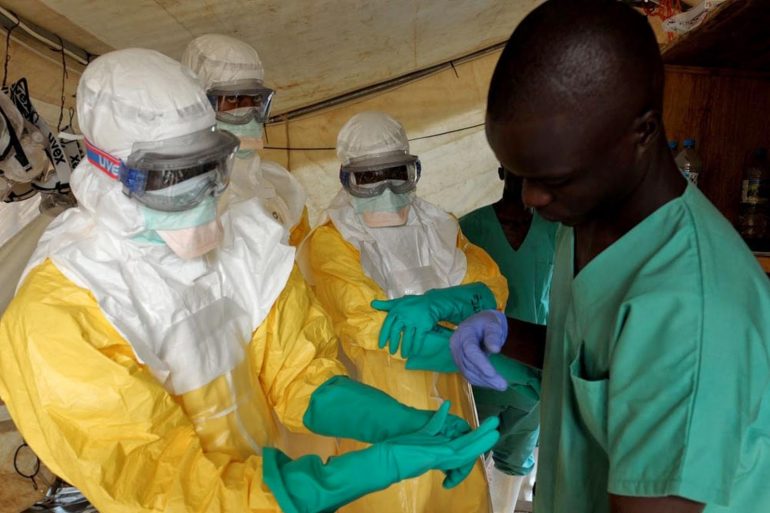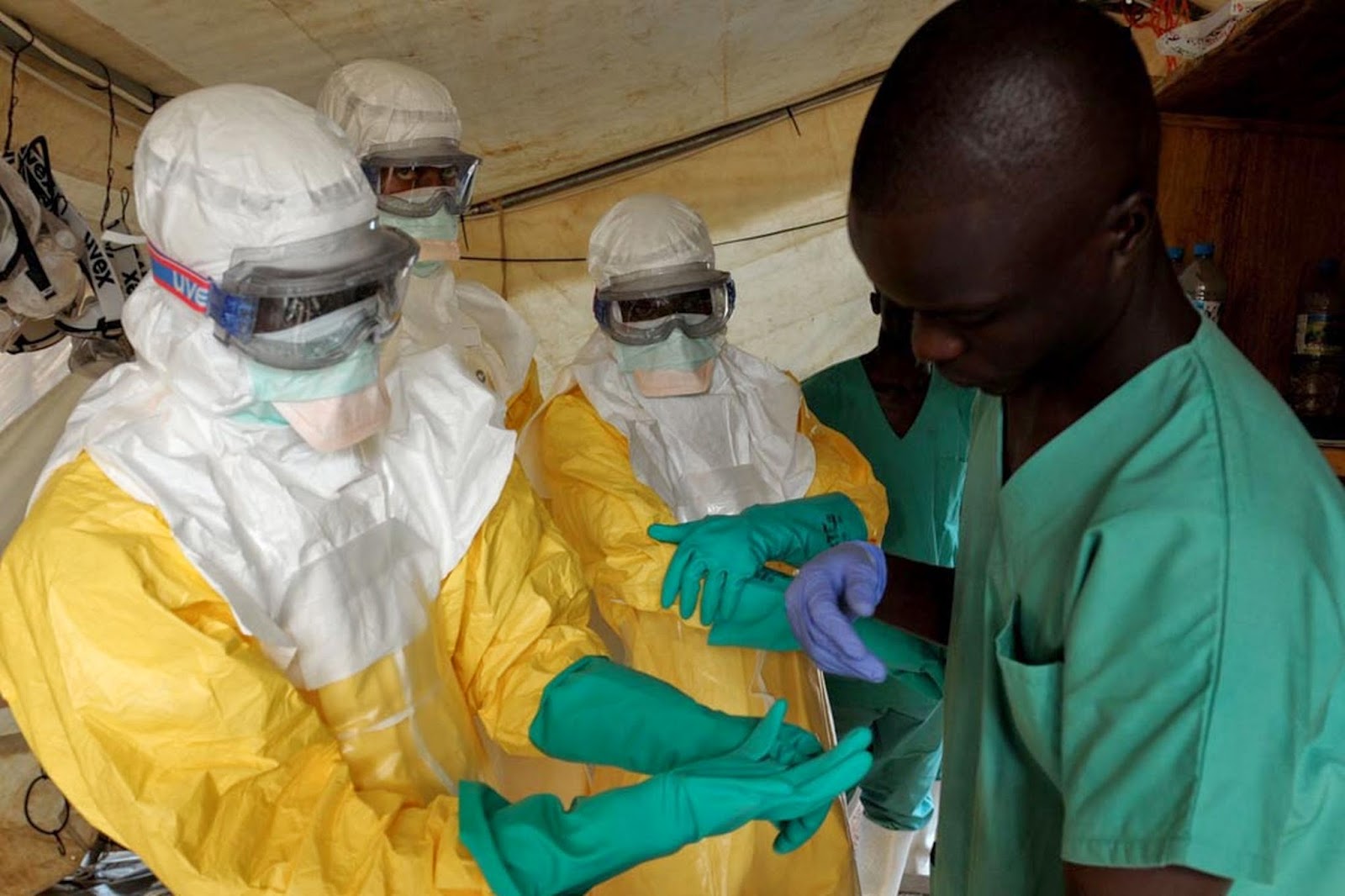An announcement with general information about the Ebola infection as well as ways to deal with a possible case, was issued by the Press and Information Office of Cyprus.
If you have traveled to countries affected by the Ebola epidemic (Sierra Leone, Liberia, Guinea) in the last 21 days and have symptoms such as fever (above 38,6 ° C), severe headache, vomiting, diarrhea, abdominal pain, or unexplained bleeding contact the Ambulance Center at 22-604000, inform your medical history and follow the instructions given to you.
General information about Ebola infection
Hemorrhagic fever from Ebola virus is a very serious viral infection.
How it is transmitted
The virus is characterized by high transmissibility, especially during the acute phase of the disease and especially during bleeding events. It is transmitted from person to person through close contact with blood, secretions, other body fluids or tissues of patients or even dead bodies, either directly or indirectly. It is also transmitted through contact with contaminated medical instruments and objects. The disease can be transmitted through sexual contact, up to three months after the patient recovers, as well as through contact with live or dead infected animals, such as monkeys, chimpanzees, antelopes and bats. Symptoms of the Ebola virus are observed 2-21 days after exposure to the virus, with the most common within 8-10 days.
The Ebola virus
It is not transmitted during the incubation stage of the disease, ie when the patient is still asymptomatic and, Airborne transmission has never been documented.
How it manifests:
Manifested by sudden onset:
Fever Glasses of Weakness Headache Pharyngalgia
The next stage includes the appearance:
Vomiting, Diarrhea, Rash, Renal and hepatic impairment, In some cases, patients present with massive bleeding and in the final stage, multiorgan failure
What kills the Ebola virus
It is easily killed by soap, bleach, sunlight or drying. Washing dirty clothes in the washing machine, especially at a temperature of 70o C.
In what does it survive
It survives, for a very short time, on surfaces that are exposed to the sun or are dry.
It survives mostly on clothes or objects soaked in contaminated biological fluids, such as blood, vomit and diarrhea.

